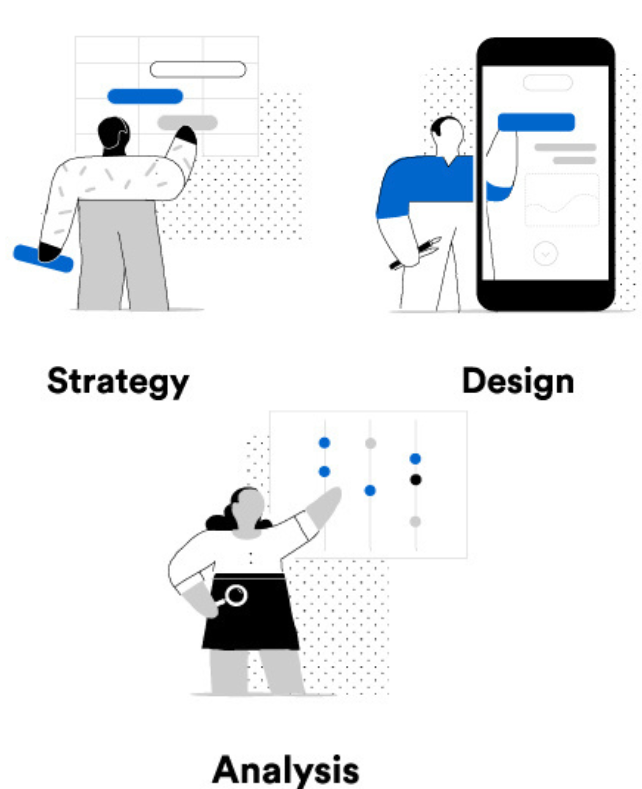What is a Secure Software Development Lifecycle (SDLC)?
The Secure Software Development Lifecycle (SDLC) is
a framework that integrates security practices into every phase of the software
development process. It ensures that security is considered from the initial
planning stages to post-deployment maintenance, reducing the risk of
vulnerabilities and breaches.
Why is Secure SDLC Important?
1. Proactive Risk Management
A secure SDLC identifies and mitigates security risks early
in the development process, saving time and resources in the long run.
2. Compliance with Regulations
Many industries have strict security and privacy
regulations. A secure SDLC helps ensure compliance with standards like GDPR,
HIPAA, and PCI-DSS.
3. Protection Against Cyber Threats
With cyberattacks on the rise, a secure SDLC ensures your
software is resilient against threats like data breaches, malware, and
ransomware.
4. Enhanced Customer Trust
Secure software builds trust with your customers, ensuring
their data is safe and your brand reputation remains intact.
Key Phases of a Secure Software Development Lifecycle
A secure SDLC typically includes the following phases:
1. Planning and Requirements Analysis
- Define
security requirements and objectives.
- Identify
potential risks and threats.
- Establish
security policies and compliance requirements.
2. Design
- Create
secure architecture and design.
- Conduct
threat modeling to identify vulnerabilities.
- Implement
secure coding practices and guidelines.
3. Development
- Write
secure code using best practices.
- Perform
code reviews and static analysis to detect vulnerabilities.
- Integrate
security testing tools into the development process.
4. Testing
- Conduct
dynamic application security testing (DAST).
- Perform
penetration testing to identify weaknesses.
- Validate
compliance with security requirements.
5. Deployment
- Ensure
secure configuration of servers and environments.
- Use
encryption for data in transit and at rest.
- Monitor
for security incidents during deployment.
6. Maintenance
- Regularly
update and patch software to address vulnerabilities.
- Monitor
for new threats and vulnerabilities.
- Conduct
periodic security audits and assessments.
Best Practices for Implementing a Secure SDLC
1. Integrate Security Early
Security should be a priority from the very beginning of the
development process, not an afterthought.
2. Adopt a Security-First Culture
Train your development team in secure coding practices and
the importance of security.
3. Use Automated Security Tools
Leverage tools like static and dynamic analysis,
vulnerability scanners, and penetration testing tools to identify and fix
issues.
4. Conduct Regular Security Audits
Regularly assess your software for vulnerabilities and
ensure compliance with security standards.
5. Collaborate with Security Experts
Partner with a trusted Secure Software Development
Lifecycle (SDLC) provider like Kenfore Analytics to ensure your software
is secure and reliable.
Why Choose Kenfore Analytics for Secure SDLC?
At Kenfore Analytics, we are committed to delivering
secure and high-quality software solutions. Here’s why we are the best choice
for implementing a Secure Software Development Lifecycle (SDLC):
- Expertise
in Security: Our team specializes in secure coding practices, threat
modeling, and vulnerability assessment.
- End-to-End
Solutions: We handle every phase of the SDLC, ensuring security is
integrated at every step.
- Proven
Track Record: Our portfolio includes successful projects across
industries, all built with security as a top priority.
- Client-Centric
Approach: We work closely with you to understand your needs and deliver
tailored solutions.
- Affordable
Pricing: We offer competitive pricing without compromising on quality or
security.
Visit www.kenforeanalytics.com to learn more about our
Secure SDLC services and how we can help you build secure software.
FAQs About Secure Software Development Lifecycle (SDLC)
1. What is a Secure Software Development Lifecycle
(SDLC)?
A secure SDLC is a framework that integrates security
practices into every phase of the software development process to reduce
vulnerabilities and risks.
2. Why is a secure SDLC important?
A secure SDLC helps proactively manage risks, ensures
compliance with regulations, protects against cyber threats, and builds
customer trust.
3. What are the key phases of a secure SDLC?
The key phases include planning, design, development,
testing, deployment, and maintenance, with security integrated at every stage.
4. How can I implement a secure SDLC?
Adopt a security-first culture, use automated security
tools, conduct regular audits, and collaborate with security experts like
Kenfore Analytics.
5. Why should I choose Kenfore Analytics for Secure
SDLC?
Kenfore Analytics offers expertise in secure development,
end-to-end solutions, a proven track record, and a client-centric approach at
affordable prices.

